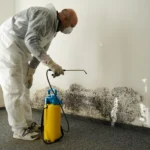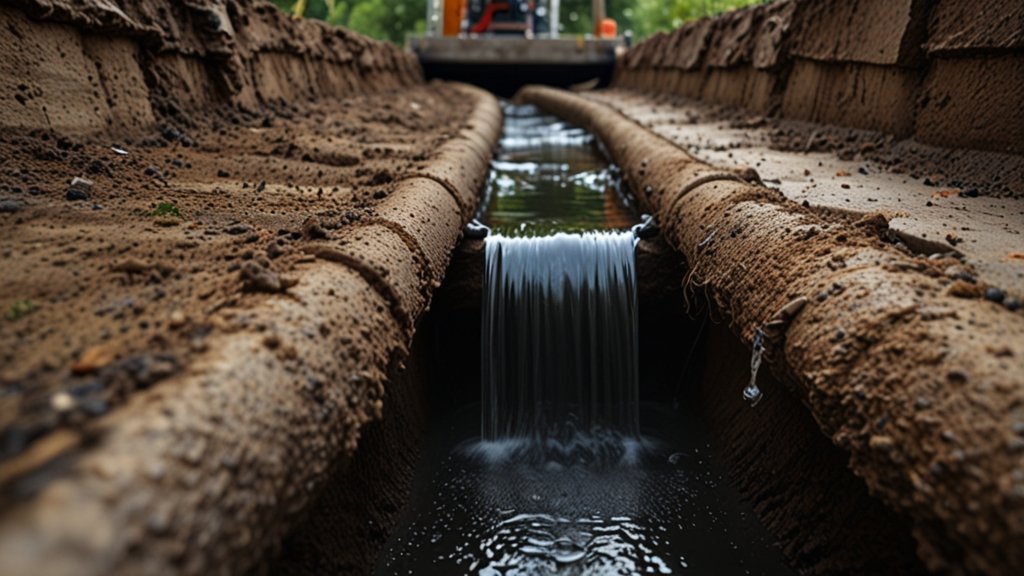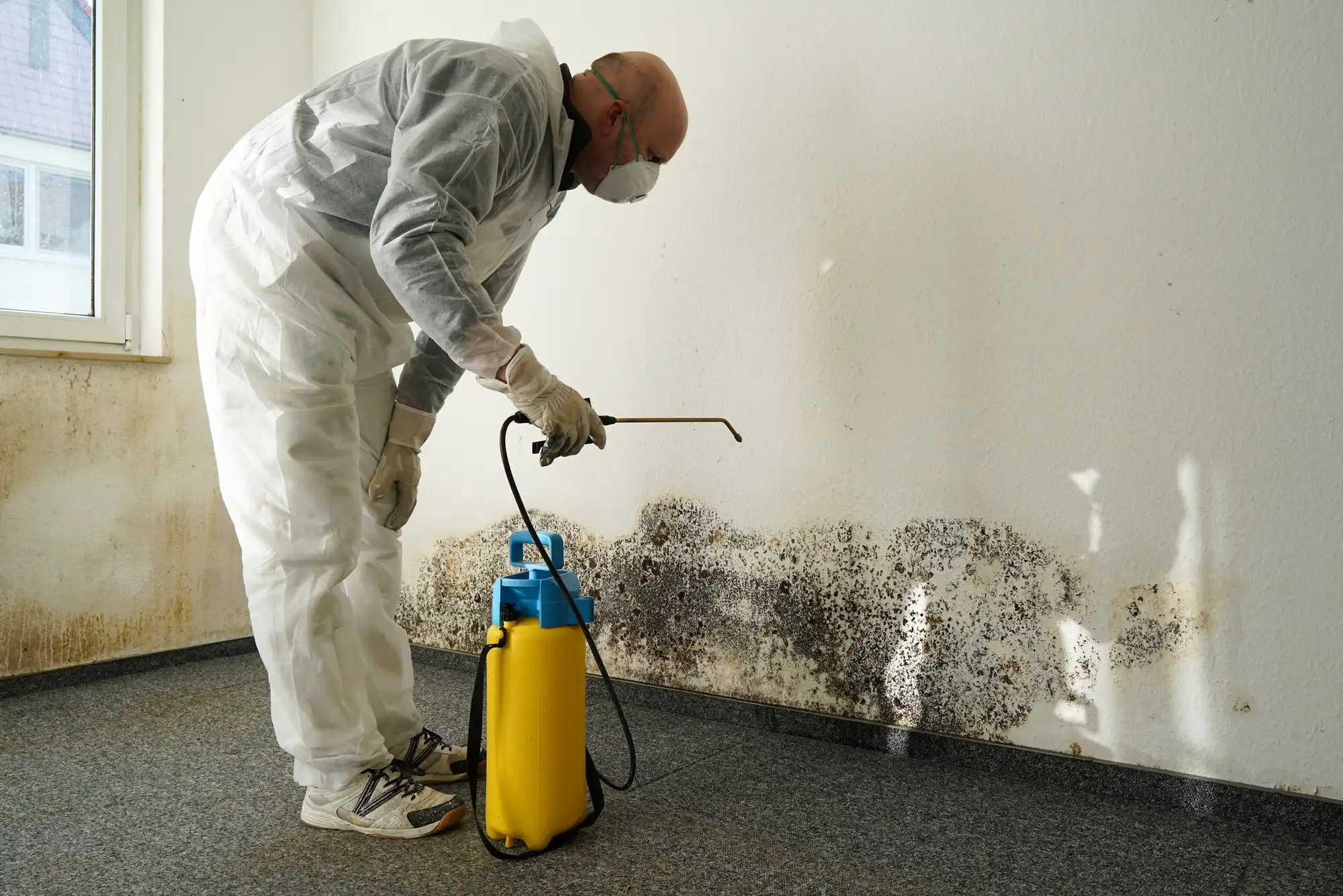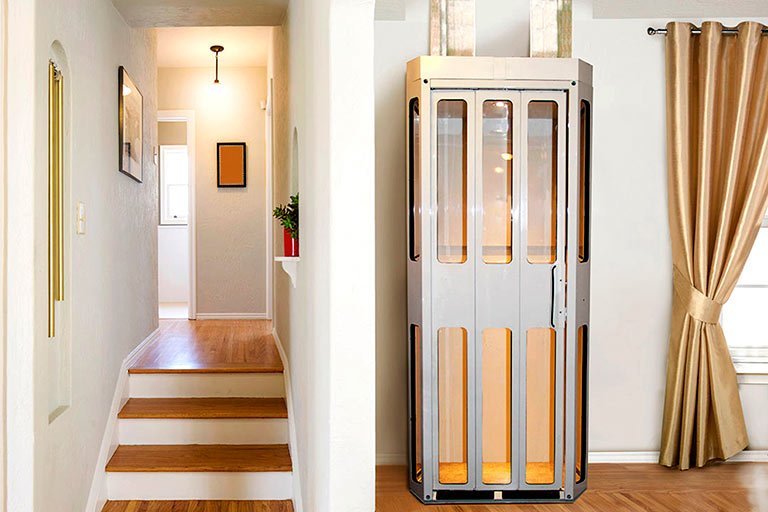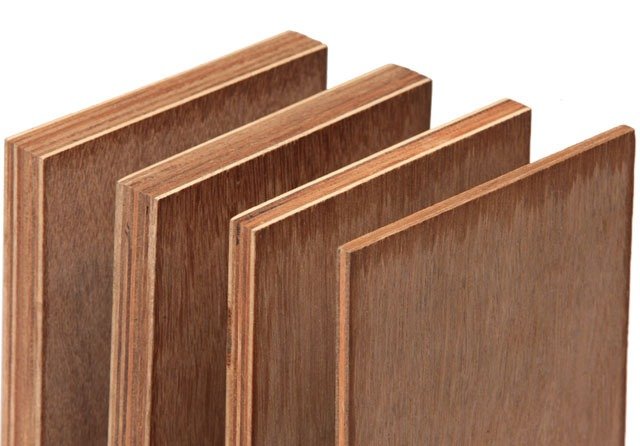Key Takeaways
- Trenchless sewer repair offers minimal disruption and preserves landscaping, making it a preferred alternative to traditional excavation.
- This technology helps reduce overall repair time and total project costs by minimizing the need for extensive digging and restoration.
- Advancements in cured-in-place pipe (CIPP) lining and pipe bursting enhance efficiency, reduce environmental impact, and improve outcomes for property owners.
- The field continues to innovate, providing more reliable and less invasive options for sewer maintenance and repairs.
What Is Trenchless Sewer Repair?
Trenchless sewer repair is revolutionizing the plumbing industry by eliminating the need for invasive and destructive digging when addressing underground sewer lines. Instead of tearing up gardens, ripping apart paved driveways, or causing neighborhood commotion, trenchless technology allows for most repairs to be performed by creating just a couple of small access points above ground. This approach significantly reduces the impact on the surrounding environment and property. For those searching for a reliable trenchless sewer service Salt Lake City or in any city with aging underground infrastructure, these modern methods are quickly becoming the preferred choice over traditional excavation and replacement.
The shift toward trenchless solutions dovetails with broader trends in eco-conscious home improvement. Construction and repair now increasingly prioritize sustainability. Trenchless methods reduce waste by avoiding the unnecessary disposal of healthy landscaping, minimizing the amount of new material required, and potentially even extending the life of existing pipes. Techniques used in trenchless repairs, such as pipe lining, produce very little debris and help keep streets cleaner and quieter.
Key Advantages Over Traditional Methods
- Minimal Disruption: Traditional sewer repair projects have a reputation for leaving homeowners with uprooted lawns, broken driveways, or disrupted patios for days or weeks. In contrast, trenchless techniques require only small entry and exit holes, meaning that nearly all established outdoor features—such as trees, gardens, fences, and patios—are left intact. This benefit alone draws tremendous interest from property owners who value the appearance of their yard and the time they invest in it.
- Speed and Efficiency: Trenchless sewer repairs often take a fraction of the time required for traditional excavations. Major repairs that could drag on for a week, with waiting periods for subcontractors and restoration crews, can sometimes be finished in one or two days with trenchless methods. Quicker repairs mean less inconvenience for residents and business operations, as driveways and sidewalks don’t need to be closed for long.
- Long-Term Savings: While the initial cost for trenchless and traditional sewer repairs may be similar, the hidden costs of restoring disturbed landscaping, repaving driveways, and repairing hardscaping can be substantial. By choosing trenchless options, homeowners and businesses save on these follow-up repairs while also benefiting from modern materials designed to last for decades.
- Environmental Stewardship: Trenchless repairs are an excellent example of how thoughtful home maintenance can minimize a property’s environmental impact. These methods protect soil structure, avoid tree loss, and reduce energy consumed by heavy machinery. Fewer trucks, less debris, and more efficient repairs are better not only for the homeowner but also for the neighborhood and local ecosystems.
Real estate professionals and local officials often note increased curb appeal and property values in neighborhoods where trenchless repairs are used, as they help preserve the established look and feel of communities. Additionally, quicker and cleaner repairs improve the overall experience for those living nearby or passing through the affected area.
Understanding the Main Trenchless Techniques
- Cured-in-Place Pipe (CIPP) Lining: CIPP is a widely used trenchless rehabilitation method. In practice, it involves inserting a flexible liner that’s soaked in durable resin into the damaged pipe. This liner is then inflated to press snugly against the old pipe’s interior, and the resin is hardened (or “cured”) using hot water, steam, or ultraviolet (UV) light. The result is a new, strong, and smooth pipe within the existing one, effectively repairing cracks, leaks, corrosion, or minor breaks. This technique enables homes and businesses to restore sewer function with minimal landscape interruption and offers impressive durability, with lifespans often exceeding 50 years.
- Pipe Bursting: For pipes that are too severely damaged for lining, pipe bursting provides an alternative. This trenchless method involves pulling a specialized bursting head through the existing pipeline, breaking apart the old pipe as it goes, and simultaneously guiding a new, high-strength pipe into position. With pipe bursting, complete pipe replacement can be accomplished without exposing long stretches of pipe or creating large trenches. It’s often used when the existing pipe is made from materials like clay or cast iron and is an excellent solution for sections that have collapsed or experienced significant structural damage.
- Slip Lining: Slip lining is perhaps the oldest trenchless technique, where a slightly smaller pipe is slid into the existing, damaged one. The new pipe provides a reliable pathway for wastewater flow and increases structural stability. This method works exceptionally well for pipes that haven’t suffered a complete collapse but have ongoing leaking or corrosion issues. While it may slightly decrease the pipe’s diameter, it improves the system’s efficiency and long-term reliability.
When Is Trenchless Repair the Right Choice?
Trenchless solutions are best suited for pipes that retain their general structure but have developed leaks, root intrusions, soil shifts, or corrosion. In older neighborhoods with elaborate landscaping or properties featuring complex hardscaping, such as pavers or pool decks, the benefits of going trenchless are even greater. Because these techniques avoid large-scale digging, they are also beneficial in situations where digging is physically challenging or regulated, such as beneath mature tree lines or historic homes.
Trenchless methods are highly effective for most common problems, except for situations where pipes have completely collapsed or been displaced from their original alignment. In those cases, some excavation may still be necessary. As highlighted in This Old House’s guide on sewer line repair, modern plumbers utilize camera inspections to assess each situation, ensuring that the solutions they recommend are both lasting and minimally invasive.
Potential Drawbacks and When to Call a Pro
Despite its many strengths, trenchless repair may not always be the right fit. It won’t solve issues when a pipe has suffered major collapse, extensive offsets, or if it’s made from rare or incompatible materials. The technical judgment required to differentiate between a candidate for trenchless repair and one that demands excavation makes professional evaluation critical. Certified and experienced plumbers utilize advanced diagnostic tools—such as high-definition cameras and leak detection systems—to assess the condition of pipes. Their expertise ensures repairs are effective, safe, and code-compliant.
Property owners should schedule regular inspections and address minor issues before they escalate. Early intervention increases the likelihood that a trenchless method will be sufficient, thereby avoiding the disruption and expense of large-scale excavation.
What’s Next For Trenchless Plumbing?
Innovation in trenchless plumbing shows no signs of slowing down. Research into robotics is helping to create even less invasive methods for inspecting, maintaining, and repairing sewer lines. Improvements in liner resins, stronger pipe materials, and more innovative video diagnostics mean that repairs will continue to become quicker and more lasting.
As more professionals receive training and consumers understand the full benefits, the expectation is that trenchless repairs will become standard practice for both routine maintenance and urgent repair jobs. Homeowners, property managers, and municipal leaders alike stand to gain from cleaner, faster, and more durable sewer solutions that protect investments and neighborhood character for decades to come.
YOU MAY ALSO LIKE: Tips for Planning Your Kitchen Remodel Around New Cabinets




